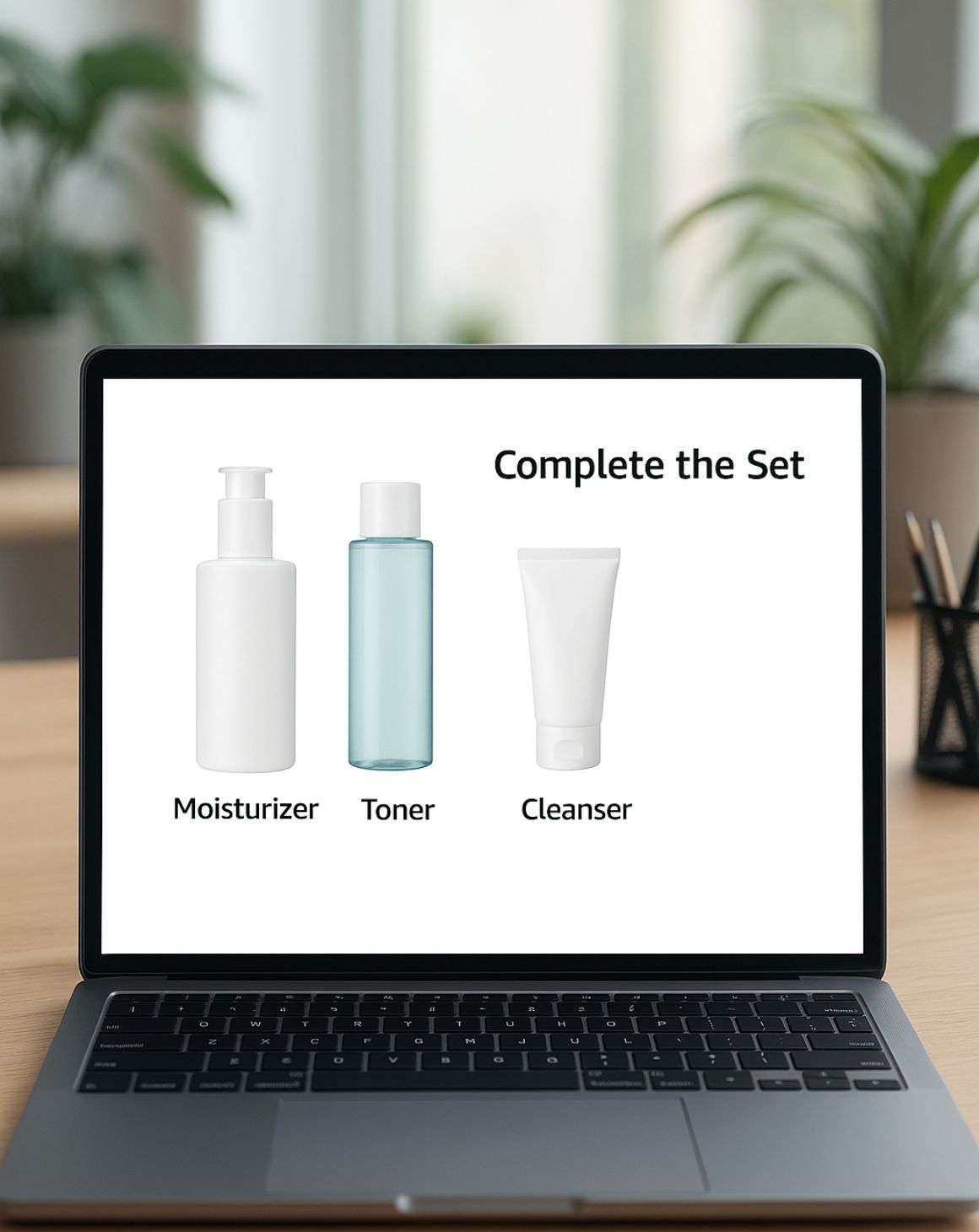Earlier this month, Amazon announced in Vendor Central that starting June 1, 2022, there will be new Inventory Overage Chargeback Rates. Read on to learn what this means, why it matters, and how it will impact Vendors selling on Amazon.com.
What is an overage chargeback?
When Vendors send in more inventory than Amazon ordered on a shipment, that is considered an overage. When this happens, instead of sending back the excess inventory, they keep the units and sell them. Vendors who send excess units face chargeback fees on a tiered structure. Here is the current Overage Tier Structure:
Tier
Overage percentage
Chargeback percentage
1
0-40%
10%
2
41-90%
50%
3
91-100%
80%
As of June 1, 2022, the Structure will change to the following:
Tier
Overage percentage
Chargeback percentage
1
0-20%
10%
2
21-50%
40%
3
51-70%
70%
4
71-100%
100%
It’s important to note that products in the Health/Personal Care, Apparel, Beauty, Shoes, Luggage, Grocery, Pantry, and Baby categories have exceptions to the Tier 1 percentage – the Chargeback Percentage is 30% opposed to 10%.
How will vendors be impacted by this?
In general, the Tier percentages have changed considerably. If you are regularly facing chargebacks due to excess inventory on Vendor shipments, it's a good idea to plan accordingly for higher chargeback fees coming soon.
More notably, the max chargeback percentage was previously 80%. Now, if you send between 71%-100% excess units in a shipment, you will be faced with a 100% chargeback. This means you will essentially not be paid for the units, and Amazon will still sell them.
What is the reason for this?
Amazon is enforcing this to encourage Vendors to avoid sending in excess units. There is limited storage space, which is why Vendors must inform Amazon of the number of units included in the first place. It’s also harder to sell through excess units, which leads to longer storage lifetimes.
When multiple Vendors are sending in too many units at a time, it’s harder to remain organized and efficient, which creates more room for mistakes and errors, resulting in greater chances of poor customer experience.
How can vendors avoid chargebacks?
To avoid overage chargebacks, you must ensure that your shipments are being carefully picked and fulfilled. If your products are being sent directly from manufacturing to Amazon FCs, it’s a good idea to ensure that the manufacturer is aware of the importance of the unit count per shipment being accurate. If you receive a chargeback rate and you believe it is inaccurate, you can file a dispute by following the steps provided on the help page.
For more details on how to avoid chargebacks, check out our recent blog post on Mitigating the Rising Threat of Chargebacks.
With the constant updates in online marketplaces, it’s important to stay up-to-date with the latest changes. If you are a client looking for additional information, contact your strategist or if you are interested in learning more about how Retail Bloom can assist your brand efforts in online marketplaces, schedule a consultation with our team.
For more updates on marketplaces, visit our full Marketplace Updates content gallery.







.png)
.png)
